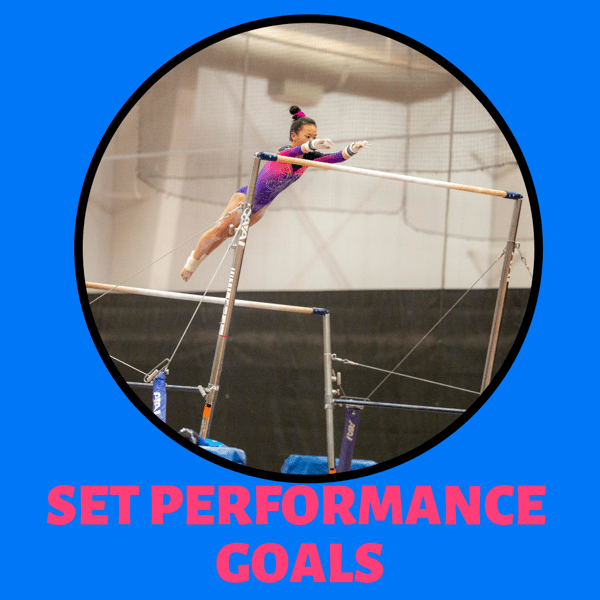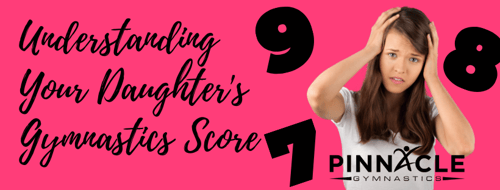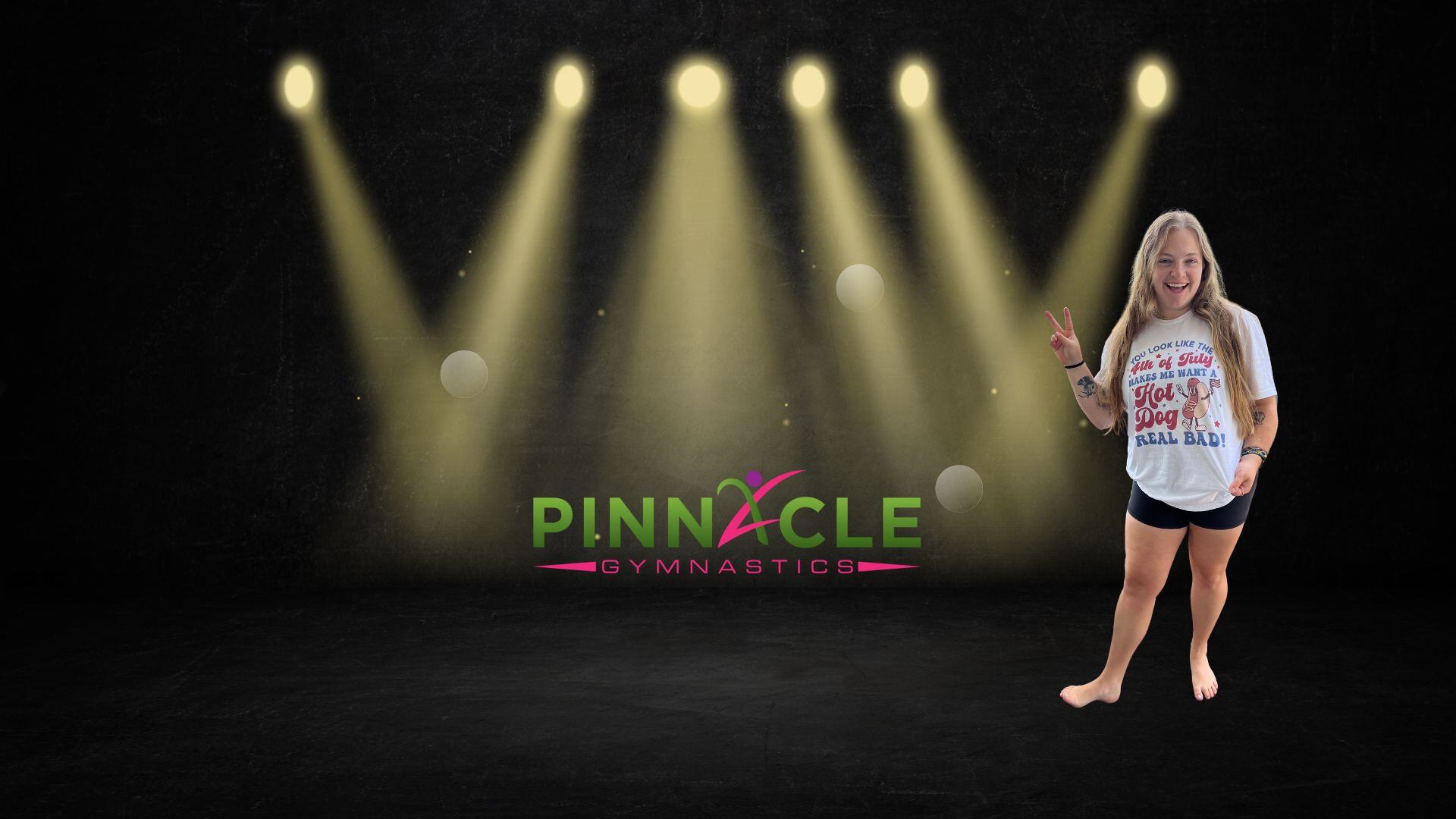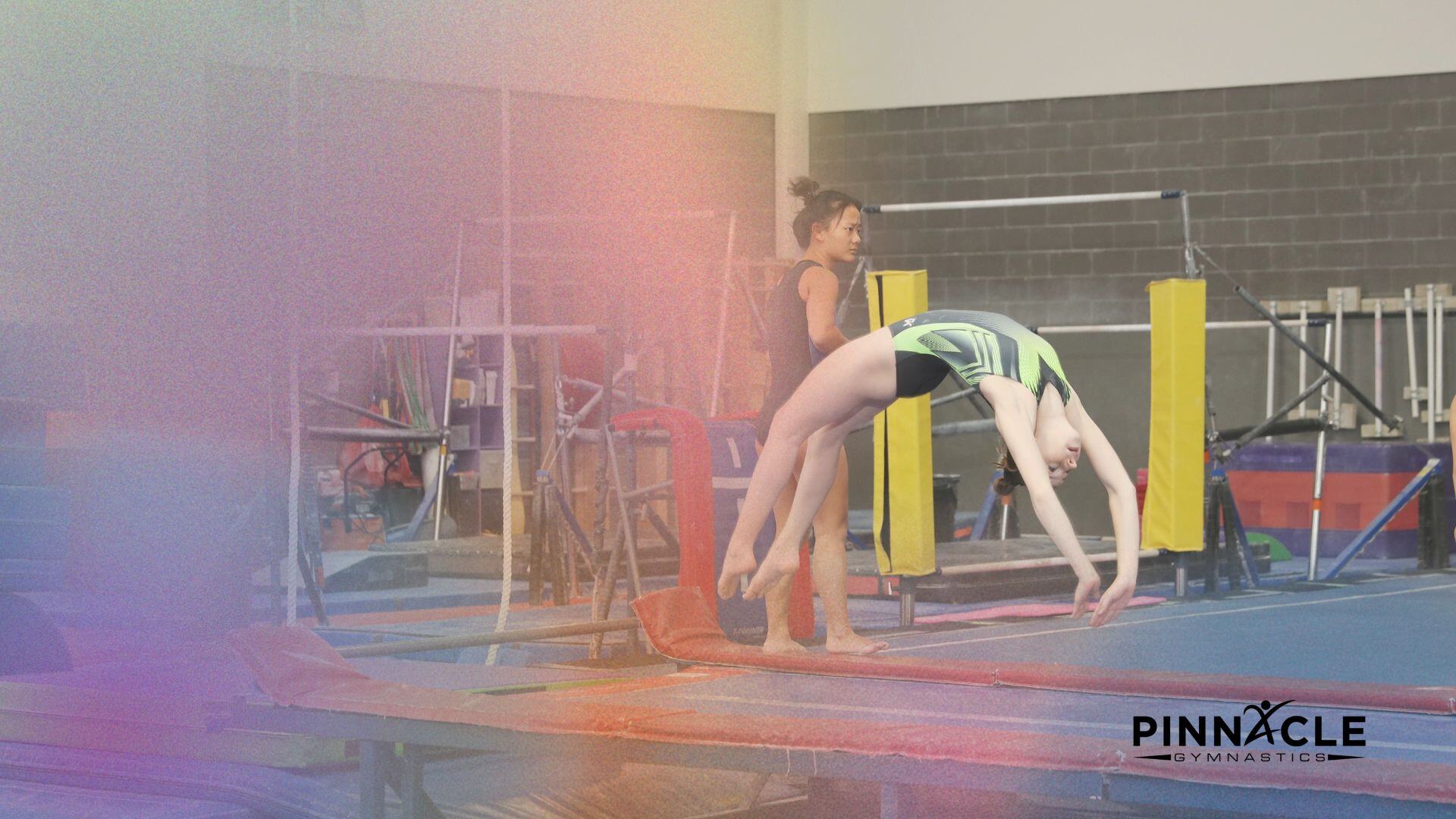Understanding Gymnastics Scores for Your Athlete
The Basics
In the Junior Olympic and Xcel levels the highest score that a gymnast on a Competitive Team can receive is a 10. Gymnasts must do specific skills and requirements in order for their starting score (start value) to be a 10. Once the starting score has been determined, gymnasts lose points for form errors (bent legs, flexed feet, poor posture). In addition, points can also be subtracted for lack of dynamics, flexibility, height and distance. These are just the very basics. There are many rules for each level in fact, there is an entire book of rules that the judges must study and memorize in order to evaluate each gymnast's score. The process is complicated and was designed to help evaluate each routine as accurately as possible. That being said, judging is subjective.
Judging is for Ranking
Keep in mind, the main purpose of judging is to rank the routines in the appropriate order on that given day. So while your daughter may have scored a 9.5 last week and only a 9.0 this week it still could be the best score on that given day. Scores will vary from judge to judge and meet to meet. The most important thing is that scores remain fair and consistent throughout the competition.
.png?width=600&name=the%20sushi%20place%20(1).png)
Performance Measures Progress
Knowing that scores vary, it is important to remember not to use scores alone as a tool for measuring your gymnast's progress. Evaluate progress based on their performance. This can be a confusing concept for young gymnasts. Help them measure their progress with performance goals. Examples include:
- My goal is to make all of the skill in my beam routine without falling.
- My goal is to point my toes on every skill in my bar routine.
- My goal is to perform a new skill.
When your gymnast measures their progress with performance goals they have control of the outcome.

The same score does not always have the same value.
This is another confusing concept for young athletes and those new to the sport. The same score doesn't always equal the same performance. For example, a 9.0 on the balance beam might be an average score from one judge's perspective while it might be a high score for the next judge. The scores must be looked at in comparison to other scores to determine their value for the day.
Scores are like Grades
Like the grades your child receives in school they vary slightly from teacher to teacher. An "A" might be easier to achieve in some classes with some teachers than it is in others. However, an "A" is always considered a good grade. The same is true when looking at gymnastics scores. A 9 is always a good score; however, sometimes it is harder to achieve than other times.

The Scores and Rankings aren't the Priority
After all that has been said about judging and scores know that they should never be the focus. The focus is on your child's performance, progress, and effort. Encourage your daughter to focus on how she did rather than the outcome.






